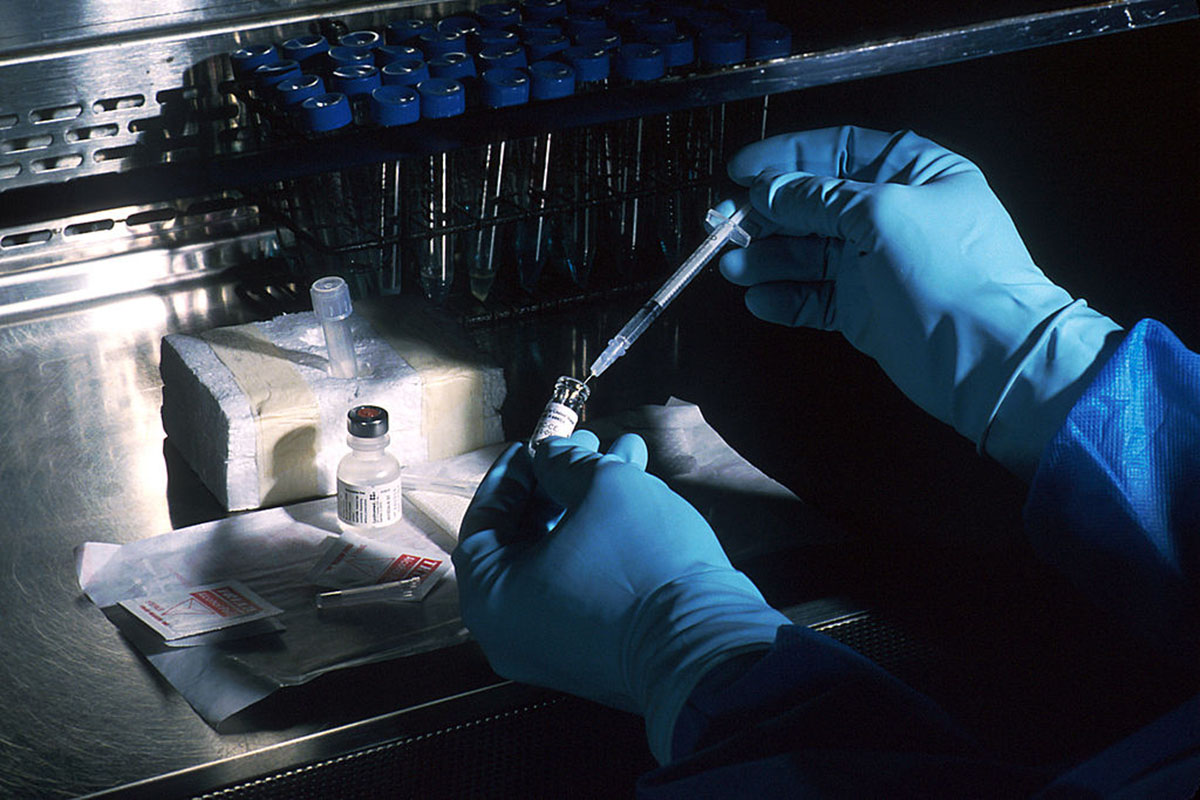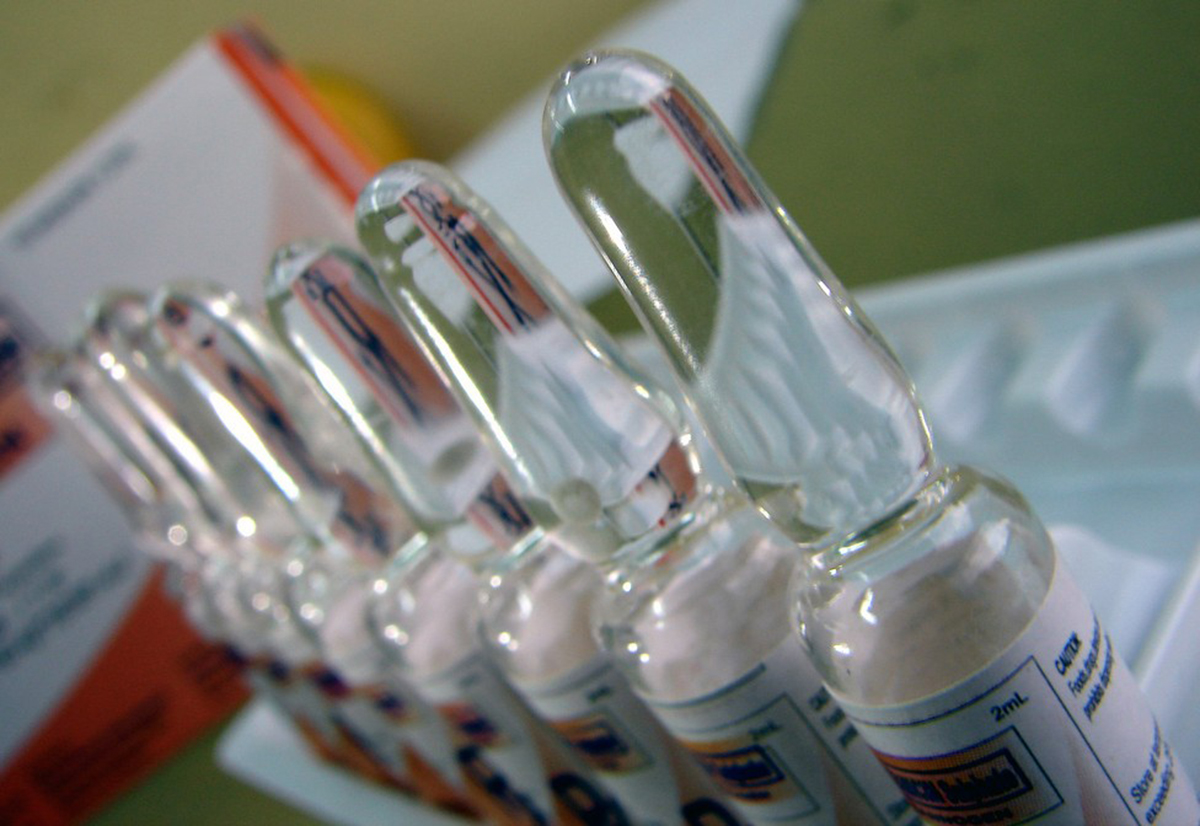There has been a lot of controversy around the vaccination topic because parents are relying on inaccurate information to decide whether to vaccinate their children or not. Far from condemning this, our duty as scientists is to inform parents on how vaccines work, how they are developed and the regulations that exist to ensure their efficacy and safety.

From the lab to the counter
The main purpose of a vaccine is to protect us from developing a viral or bacterial disease. How? By letting our immune system recognize the virus or bacterium that causes the disease, so that it can produce defenses against it, in case of future infections.
Because exposure to the full bacteria or virus will certainly mean developing the disease, scientists came up with techniques that allow the inactivation or attenuation of the bacterium or the virus. This means that vaccines can contain these pathogenic entities in an inactive or non-disease causing state, or that their ability to cause disease is drastically reduced or weakened.
Inactivated and attenuated vaccines contain the entire bacteria or viral particles, but there are also vaccines that only contain parts of them, known as antigens, which are the fragments that actually participate in the activation of the immune system. These vaccines are known as fractional vaccines.
Testing the vaccines
Before a pharmaceutical company is allowed to produce and sell a certain vaccine, it has to go through several stages of clinical trials, in order to determine the effectiveness and safety of the vaccine in humans.
The pre-clinical development involves the research done in the lab, which includes the discovery of the antigens that could be potentially used to formulate a vaccine, and the experiments performed on cells or animals, to establish the efficacy of the vaccine.
See Also: Why Parents Should Still Say Yes To Childhood Vaccines
The clinical development is the stage where the vaccine is first tested in humans. Clinical development is divided into four sub-stages, which last several years in total, depending on the results of each one of them. The first three stages are performed on volunteers and scale up in the number of patients as the vaccine goes from one stage to another. The fourth stage or “post-marketing surveillance” starts after the vaccine is introduced to the market, and its main objective is to detect any side effects related to the vaccine and to evaluate long term characteristics of it, including its efficacy.
In the U.S., the Food and Drug Administration (FDA) is the organism in charge of evaluating new drugs and vaccines and approve their production for their use in humans.
Industrial Production Of Vaccines
After a pharmaceutical company receives approval to sell the vaccine, local and international laws strictly regulate its industrial production.

Culturing virus and bacteria
The viral and bacterial agents used for vaccines need to be grown on an industrial scale. For this, pharmaceutical companies use different methods: yeast, bacteria and cell cultures, bioreactors and primary cell cultures. These last can be chicken embryos or fertilized chicken eggs.
These eggs are specially produced for biotechnological applications and have to comply with health and safety regulations that allow them to be used as culture media for the influenza virus.
For the process of culturing, several chemical reagents have to be used to get either the inactivated or attenuated form of the organisms, or the fragments that are required for the vaccine.
Adjuvants are usually added to vaccines. What are they? They are chemical reagents that enhance the response of the immune system towards the virus or bacteria present in the vaccine solution. Also, as any other drug, stabilisers are used to keep the vaccine effective for as long as possible.
The final step is the packaging of the vaccine, which is done in sterile containers, usually small crystal vials, which can be easily transported and stored under specific conditions.
How does a vaccine work?
To explain how a vaccine can activate our immune system and keep it alert in case of infection, we will take the influenza vaccine as an example.
Antibodies are proteins that are produced by immune cells and that are specific for each antigen that they recognize. For example, the influenza virus antigens trigger the production of antibodies against influenza, whereas the smallpox virus antigens trigger the production of antibodies, similar to the ones for influenza, but that only recognize the smallpox virus.
Because the vaccine is mimicking the effects that the real virus would have in our immune system, it is normal to feel flu like symptoms such as fever, after being vaccinated. When the immune system finishes building up immunity against influenza, it goes back to normal but keeps a record of the influenza virus infection.
See Also: Are Western Parents Bringing Back Scary Diseases By Rejecting Vaccines?
As you can see, vaccine development is not an easy process. It takes several years to take a vaccine from the lab to the pre-clinical stage, and more years to have it tested in humans and to be approved for its production and commercialization. The process is strictly controlled from head to toe to make sure that it helps in preventing the spread of diseases, such as the flu and tuberculosis, without putting in danger the health and safety of us as consumers.
- WRIGHT, P. F. 2004. How do influenza vaccines work? Clinical infectious diseases : an official publication of the Infectious Diseases Society of America, 39, 928-9.
- Photo courtesy of John Keith by Wikimedia Commons : commons.wikimedia.org/wiki/File:Vaccine.jpg
- Photo courtesy of ZaldyImg by Flickr : www.flickr.com/photos/8499561@N02/2756473452
- www.vaccineseurope.eu/about-vaccines/key-facts-on-vaccines/how-are-vaccines-produced/
- www.euvaccine.eu/vaccines-diseases/vaccines/stages-development
- www.fda.gov/BiologicsBloodVaccines/DevelopmentApprovalProcess/BiologicsLicenseApplicationsBLAProcess/ucm133096.htm
- www.flu.gov/prevention-vaccination/vaccine-development/


Your thoughts on this